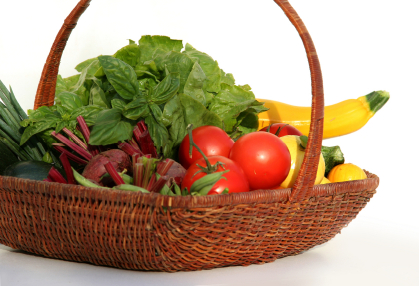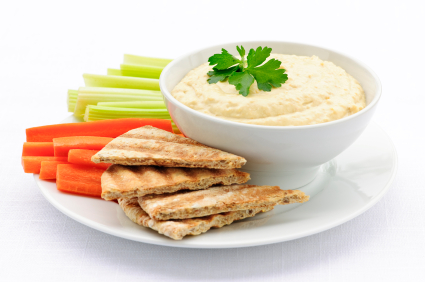The Fall season is officially here! And, the new season brings a great variety of fruits and vegetables that can help you stay on track with your healthy eating plan without compromising great taste!
Explore local farmer’s markets, roadside stands, and grocery stores for an abundance of good eats this time of year. To help you get started, here’s a list of in-season fruits and vegetables and ideas on how to incorporate them in your weekly diet.
Try these tasty fruits and vegetables for fall!
1) Apples. Harvest Season: August-November.
Apples make great on the go snacks. Use them in salads, with savory dishes like pork chops; or chop them up and put them in yoghurt.
2) Dates. Harvest Season: September-December.
Dates are great in baked goods. Try chopping up a few for your oatmeal or over the top of frozen yoghurt. For savory dishes, look for low-cal middle eastern recipes that include dates.
3) Grapefruit. Harvest Season: September-April.
Add over greens or squeeze fresh for a healthy juice.
4) Kiwi. Harvest Season: September-March.
Kiwis are a great add to spice up a fruit salad or a smoothie.
5) Pears. Harvest Season: August-February.
Pears are one of my favorites because they are so versatile. This fruit is great as a snack, added to mixed greens, used in savory dishes, or poached with a bit of cinnamon for a low-cal healthy dessert.
6) Tangerines. Harvest season: November-April
Add these sweet little low-cal treats to yoghurt, pack in lunches, snack on them, use as dessert, or add to a salad.
7) Brussel Sprouts. Harvest Season: September-March.
I must confess, it took me awhile to like these wonderful little cabbages. Now, they are one of my favorites this time of year! Try roasting brussel sprouts with olive oil, or sauteing with butter and garlic. Serve with roasted meat and mashed potatoes.
8) Cauliflower: Harvest Season: September-June.
Use cauliflower to make fantastic soups, in stir-fries, or steamed with other vegetables as a side. Chop up cauliflower with other veggies and serve with a low-cal yoghurt dip for parties.
9) Squash. Harvest Season: October-February
There are so many varieties of squash and ways to prepare them. Try them steamed, stir-fried, or in soups. I’ve even used butternut squash to make a low-cal bechamel sauce!
10) Pumpkin. Harvest Season: October-February.
Pumpkin is used mostly in desserts like pies and cakes. You can use it for waffles, pancakes, and breads. Search for low-cal substitutes of these sweeter treats and keep portions in check.
11) Sweet Potatoes. Harvest Season: September-December.
Not just for Thanksgiving Day anymore. Roast them. Make mashed sweet potatoes, or baked french fries. If you’re cooking for 1-2 people, save time in the kitchen by microwaving a large sweet potato.
12) Turnips. Harvest Season: September-April.
Try these tasty root vegetables roasted with olive oil or in stews.
13) Parsnips. Harvest Season: October-April.
Add parsnips to other root vegetables and puree for a sweeter soup, or roast with potatoes and carrots for a wonderful blend.
14) Rutabaga. Harvest Season: October-April.
Honestly, I haven’t cooked with this one yet. I discovered it when researching my list for this article. It’s a cross between a turnip and a cabbage. Suggested uses include roasting, or adding to casseroles and soups along with turnips and carrots. I’ll report. You decide!
Decide which fruits and vegetables you’d like to incorporate into your healthy eating plan and use low-cal recipes that include these foods as ingredients. You can find great low-cal seasonal recipes in Cooking Light and Eating Well magazines.
Have fun experimenting with healthy seasonal foods. Browse your produce stand and farmer’s market. When eating out, ask your food server what’s fresh — and depending where you live — ask what’s local on the menu.
Please feel free to share any great recipes or snack ideas you come up with. I want to hear from you!
Blessings!
Jennifer



